
Ladies and gentlemen,
Good evening.
This year’s Economic Forum coincides with our deep economic recession and the critical point in time where we need to formulate our long-term economic policy more realisitically.
Indeed, the current economic challenges require us to genuinely understand the nature of our economic sectors and to correct and strengthen certain features of our economic policy while focusing on real economic development.
It should be commended that this year’s Economic Forum has addressed many important issues related to both the temporary volatile shifts and the long-term trend of our economy.
Today, I would like to share with you my thoughts on the key features of our real economy, its challenges and opportunities.
Just a few years ago, our annual economic growth reached 17%, to the surprise of the world. However, this number plummeted to 7.8% just within three years. This extreme volatility can be attributed to the following factors:
- First, our economy is highly dependent on mineral prices.
- Second, due to the volatile shifts and dynamic trends of the mineral prices, investment in the mining industry also exhibits a highly volatile pattern.
- Third, given the small economy, the lumpy, sunk-cost nature of investment in the mining sector amplifies the volatility even further. For example, Oyu Tolgoi alone accounts for more than one half of the mining investment that exceeded 4 billlion U.S. dollars annually in 2011 and 2012.
- Moreover, when ranked by the share of the natural resources revenue in the government revenue, we rank very high in the world, approximatelyat top 30. In the recent past, the share of the natural resources revenue in the government revenue has been in the range of 20-30 percent. So, our budget is highly dependent on the mining sector. Ignoring this important aspect of our economy, we have engaged in overly pro-cyclical government expenditure in the recent past. This took its toll on our economy.
We have learned a hard lesson that our economy is highly exposed to large extractive industry shocks. In addition, for developing countries such as ours, it is common that economic recessions run deeper and longer. Another important feature of the Mongolian economy is its relatively weak infrastructure and under-developed non-mining sector.
Therefore, our broader economic policy can be characterized by dual economic policy that aims to efficiently respond to highlyvolatile mining shocks and to ensure long-term economic growth through stable investment in our infrastructure and manufacturing sector.
Building a strong foundation of the manufacturing industry is a process as essential as kids learn to read and write. We can create true national wealth only by producing more value-added goods while competing on the global market. This will also ensure stable and faster growth.
Let me give you a simple example. It is not unusual that the copper price changes 200-300 percent just within a year. On the contrary, the price of electrical equipment, which is made of copper, hardly fluctuates.
Moreover, it is interesting to point out that Japan, South Korea, and Taiwan, who do not have any copper mining, together produce 40 percent of the world’sprinted circuit boards (PCBs). Why cannot we have the ambition to produce 50 percentof the world market of this relatively simple product just by using a tiny share our own copper?
We also have to have a very strong emphasis on our agricultural sector, which accounts for the economic fortune of half of the Mongolian households.In many respects, creating our national wealth means creating good jobs. To this end, it should be noted that the shocks to the mineral prices tend to translate to even larger shocks to the labor market. This makes it harder for us to train and nurture the skilled labor and thus to improve overall labor productivity.
Everything has two sides, the good and the bad. Over the last two years, there has been too much populism that tugrik became weak. However, we do not often see the bright side that the weaker tugrik creates more auspicious environment for the non-mining sector. For example, just within the last year, export of certain products of the agricultural and textile industries has increased by 25-60 percent.
Given the sparse population and the big land, we have considerably high infrastructure expenses and therefore very high public expenditure. Consequently, as the mining sector accounts for the large part of the government revenue, our heavy dependence on mining will continue in the foreseeable future.
We must also be able to maintain a sufficient level of public investment by raising our public debt when there is a sudden drop in the price or demand of our mineral goods. In this regard, I would like to point out that there are not many countries that have a debt ceiling. For example, as of August 2013, there are seven countries that have a debt ceiling.These are Denmark, Kenya, Malaysia, Namibia, Pakistan, Poland and the USA. It is not very odd that these seven countries, on average, have a relatively small share of extractive industries. Moreover, of these seven countries, only Malaysia has a higher revenue share of the extractive industries than Mongolia. In other words, a debt ceiling is rare among countries that have a high revenue share of the extractive industry.
As you may already know, there is this global Extractive Industries Transparency Initiative (EITI). This initiative seeks to raise the responsibility of the government, civil society and the extractive companies in order to promote open and accountable management of natural resources. Mongolia declared to implement the initiative in 2006. Several leading companies such as Centerra Gold, Rio Tinto, Sumitomo, who are already operating in Mongolia, also joined this initiative.
On Feb 6, 2015, the parliament decided to discuss the Extractive Industries Transparency Law draft. If the bill is passed, it will help us to ensure transparency around extractive industries and to make information on such industries more accessible. It will also help us create more unbiased information on individual extractive companies.
Another important opportunity is emerging in our economy with respect to our two neighbors, China and Russia. Last fall, President Xi Jinping proposed to construct an economic corridor linking China, Mongolia and Russia. We hope that this will strengthen traffic interconnectivity and facilitate cargo transportation in the region. Three countries also seek to build a transnational power grid, which may allow us to export energy to China. With Chinese urbanization at itshike, the regional energy demand is expected to have highly robust growthin the near future.
It is not very easy for our economy to maintain steady investment growth without attracting our third neighbors, such as Germany, Japan,Republic of Korea and the USA. In this regard, just a little over a month ago, there was a major event for our economy, the Japan-Mongolian Economic Partnership Agreement. The Mongolian parliament ratified the agreement shortly after it was signed. The Japanese parliament is expected to ratify the agreement soon.
Previously, Japan has signed the EPA with 14 other countries. For Mongolia, Japan is the first country to have such an agreement with. However, the notion of free trade is not entirely new to Mongolians. For example, in 13-15th centuries, Mongols maintained a large secure trade zone known as the Silk Road spanning Euroasia, along with the Pacific maritime trade.
Clearly, as the Silk Road did, the Economic Partnership Agreement will help enhance our foreign trade. But, the benefit of the agreement is not just limited to the trade volume. Given the Economic Partnership Agreement, we aim to join the global industrial network of Japan while producing more and more value-added goods.
Also, we should exert much greater effort in creating more efficient legal and business environment in order to help Japanese companies invest easily into the Mongolian manufacturing sector. There have already been several success stories of the Japanese high technology factories operating in Mongolia. This type of partnership will not only teach us the new technology, but it will also help us learn from the Japanese business, build the mindset of the skilled work force and thus enhance labor productivity, which is essential for building a stronger manufacturing sector.
The Mongolian economy is multifaceted and has very rich dynamics. We cannot discuss all the important aspects of the economy just by meeting once in a year. As we know, this year’s Economic Forum has discussed many important questions. Of course, there are also many other unaddressed issues. I recommend that we discuss our economic issues on a regular basis by using more accurate data and make an efficient use of this discussion when formulating our social and economic policy.
I would like to thank all the participants and the organizers of the Forum. All the best!
| Closing speesh by Zandaakhuu Enkhbold, Speaker of The Great State Khuralof Mongolia, at the 2015 Economic Forum | ||
| Үзсэн: 1628 | Mongolian National Broadcaster |


 Үндэсний телевиз
Үндэсний телевиз




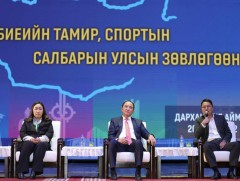





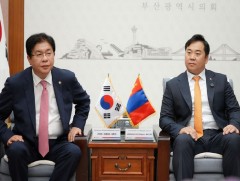
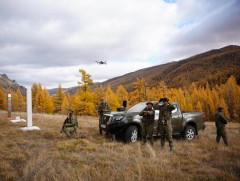


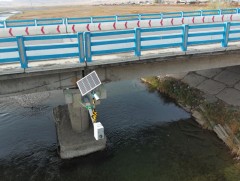
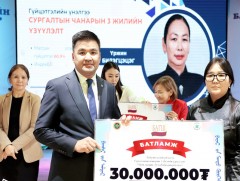
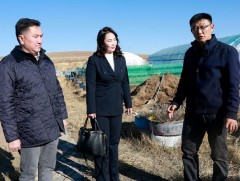

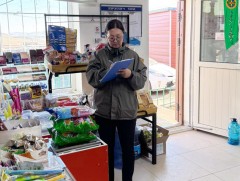

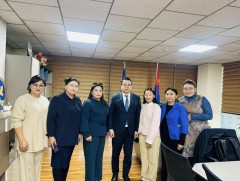



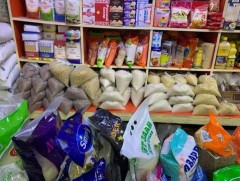
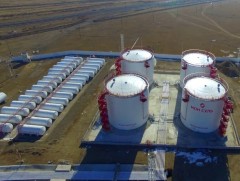
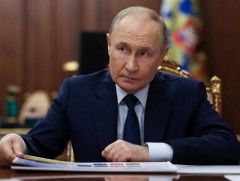
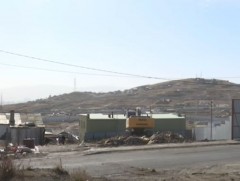
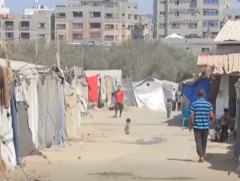

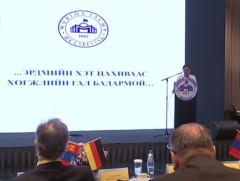






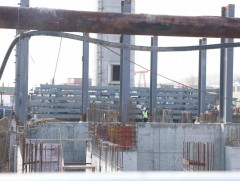
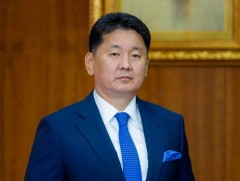
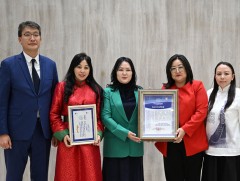

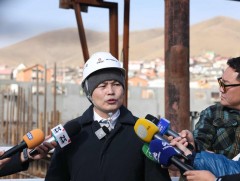

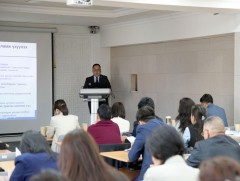


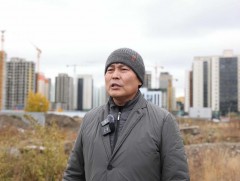





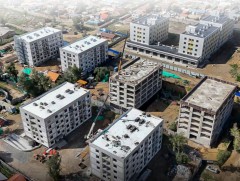
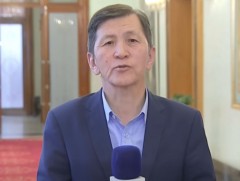
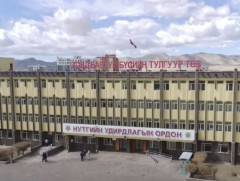


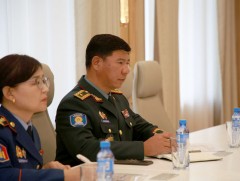


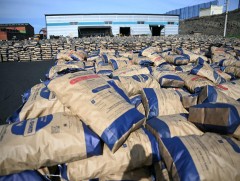







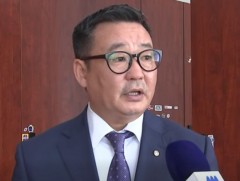
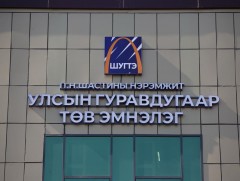
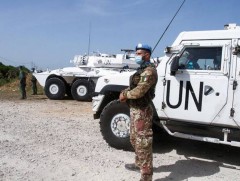





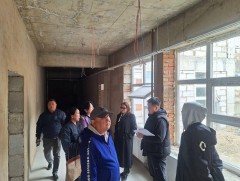
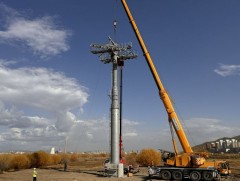




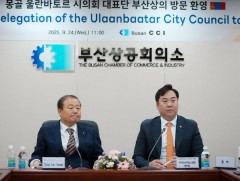


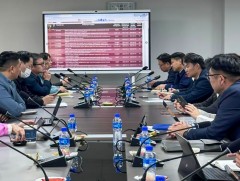
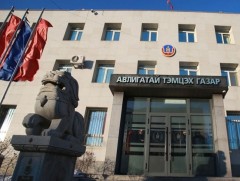


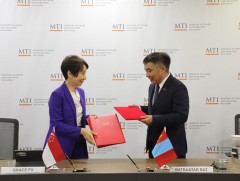

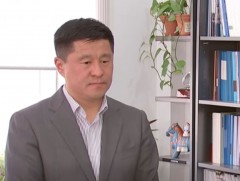








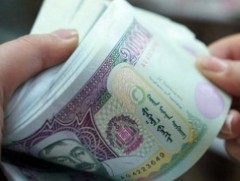
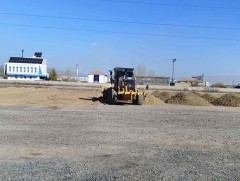





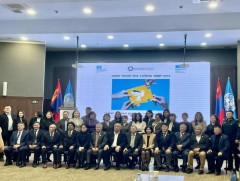
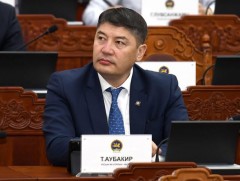


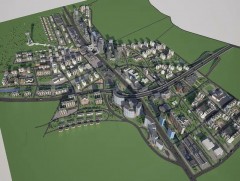

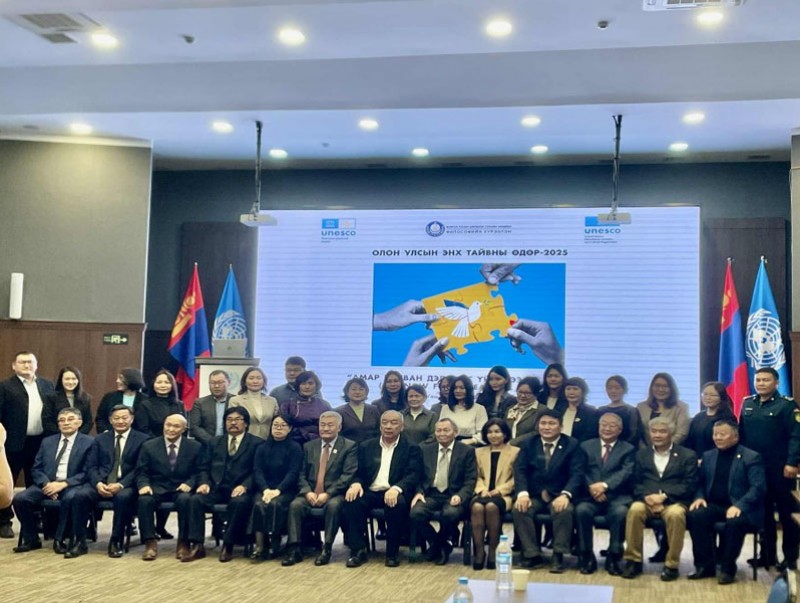
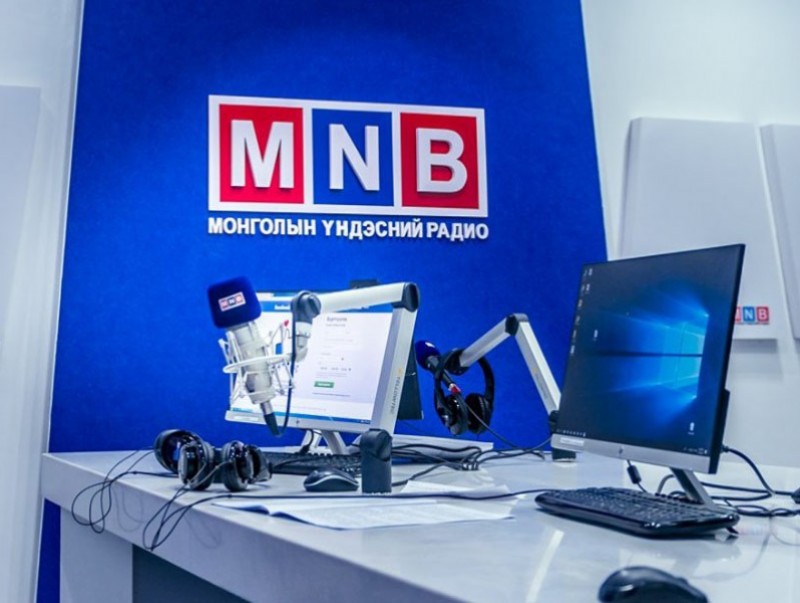
 М.Золзаяа
М.Золзаяа

 О.Шинэтуяа
О.Шинэтуяа

 У.Баярсайхан
У.Баярсайхан





Сэтгэгдэл бичих:
АНХААРУУЛГА: Уншигчдын бичсэн сэтгэгдэлд MNB.mn хариуцлага хүлээхгүй болно. ТА сэтгэгдэл бичихдээ хууль зүйн болон ёс суртахууны хэм хэмжээг хүндэтгэнэ үү. Хэм хэмжээг зөрчсөн сэтгэгдэлийг админ устгах эрхтэй. Сэтгэгдэлтэй холбоотой санал гомдолыг 70127055 утсаар хүлээн авна.